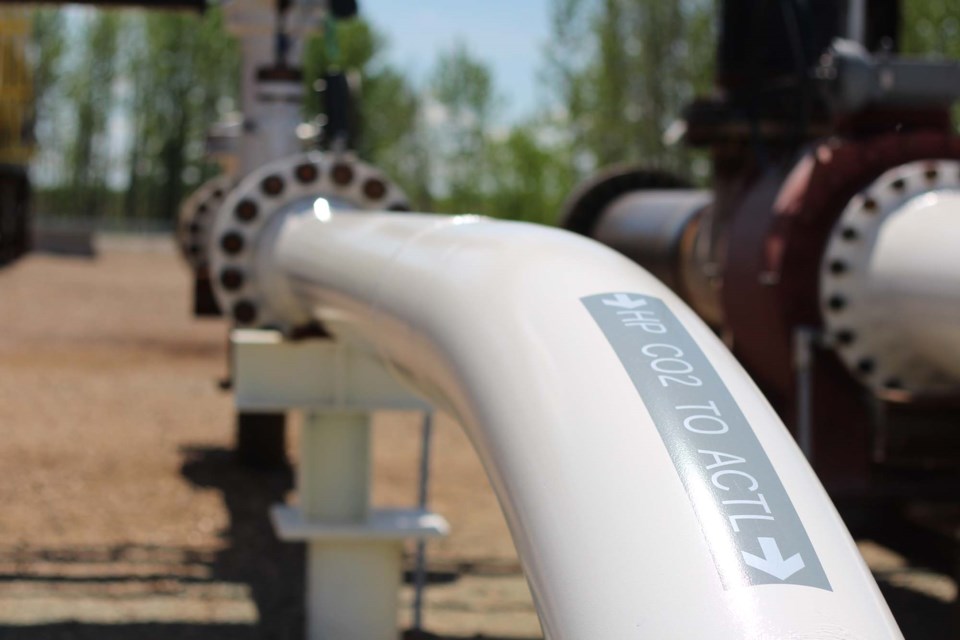Carbon capture could be the tool we need to cut through some of the toughest knots of the global heating problem, says a U of A scientist.
University of Alberta chemical engineering professor Arvind Rajendran gave a free online talk on carbon dioxide capture and greenhouse gas emissions Aug. 19. The talk was part of a partnership between the Edmonton Public Library and Future Energy Systems.
Carbon capture projects are taking off in the Edmonton region. The Sturgeon Refinery started pumping CO2 underground in June, while Shell’s Quest project near Fort Saskatchewan had trapped some 5 million tonnes of CO2 underground as of July.
Our economies need to reach net-zero CO2 emissions if we want to prevent excessive global heating, Rajendran said. But there are some products, such as cement, that we currently cannot produce without releasing vast amounts of CO2. Carbon capture could be the answer.
“CO2 capture is possible technologically,” Rajendran said, and has long been used by fertilizer plants to purify other gas streams (typically hydrogen).
But it’s also expensive, and currently costs about $40 to $90 per tonne of CO2, he continued. Right now, enhanced oil recovery (where you inject the gas underground to push up more oil) is one of the few ways to make carbon-capture economical.
Most current carbon capture projects catch CO2 from concentrated industrial sources, Rajendran said. There are catalyst-based systems that can pull CO2 directly from the air and convert them into cement and methanol, but they’re exceedingly expensive – averaging $600 per tonne removed – and have yet to be proven to work on a large scale.
While there’s a lot of interest in carbon capture, Rajendran said it faced stiff competition from wind and solar, which were far cheaper ways to reduce emissions. While a higher carbon tax could encourage more companies to invest in carbon capture, the best way to address global heating is still to simply reduce emissions in the first place.
“Every molecule of CO2 you avoid adding to the atmosphere is one more you don’t have to capture.”
Rajendran said his Wednesday talk was fully subscribed, but would later be posted to the Future Energy Systems YouTube channel.



